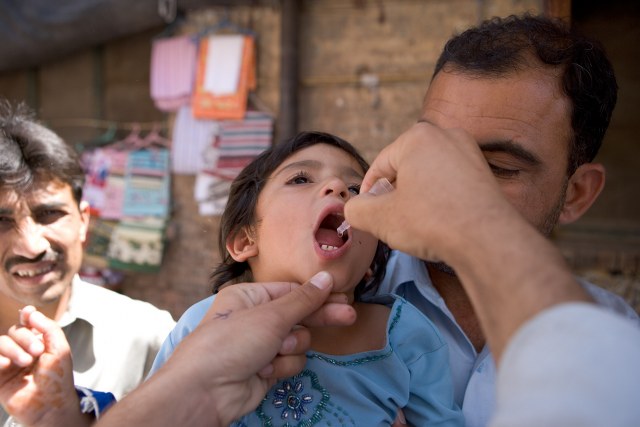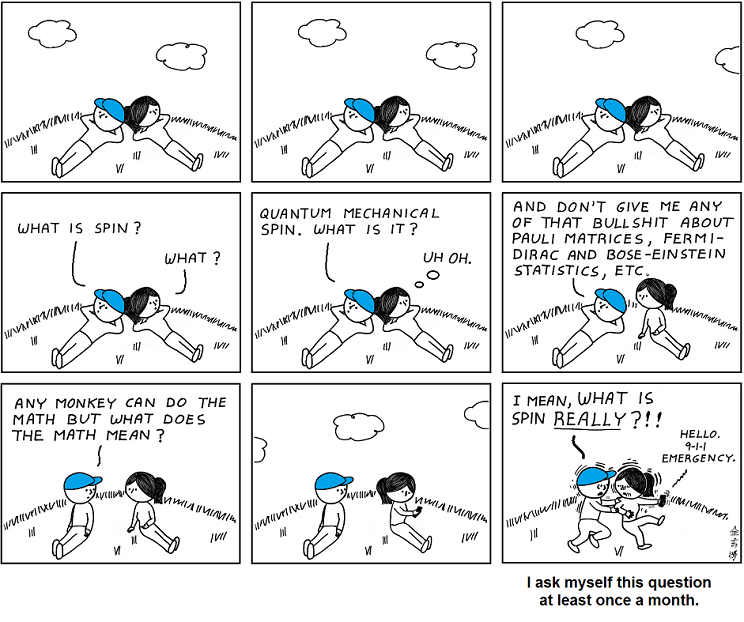 Since the launch of the Global Polio Eradication Initiative in 1988, intense vaccination campaigns have dramatically reduced the number of cases of polio worldwide. Between 1988 and 2000, the number of polio cases dropped 99 percent — from 350,000 to just 3,000.
Since the launch of the Global Polio Eradication Initiative in 1988, intense vaccination campaigns have dramatically reduced the number of cases of polio worldwide. Between 1988 and 2000, the number of polio cases dropped 99 percent — from 350,000 to just 3,000.
But the polio eradication effort appears to have stalled out. Despite an investment of roughly $9 billion and more than two decades of sustained international commitment, polio stubbornly persists. For the past seven years, the number of cases worldwide has hovered between 1,000 and 2,000. The deadline for wiping out the disease has been pushed back again and again. In a New York Times article published in January, Donald McNeil, writes that eliminating the virus is “like trying to squeeze Jell-O to death.” It’s an apt description. “As the vaccination fist closes in one country, the virus bursts out in another,” he continues. Four endemic countries remain—Afghanistan, India, Nigeria, and Pakistan. And the virus has regained a foothold in Angola, Chad, the Democratic Republic of Congo and Sudan.
We have an effective vaccine that provides life-long protection against the virus. So why is this disease so frigging difficult to eradicate? Continue reading






